A room consisting of sleek maroon and green walls stands out amongst the shiny hardwood floors of The Museum of Modern Art (MoMA). This room is the epitome of chic — classy, giving off an elegance with its finest works displayed for the public. A series of lamps enhance the lighting in the room with their unique structure and glow. But believe it or not, these are not ancient artifacts. These lamps were made out of manure.
In early September, the MoMA unveiled “Life Styles: The Materials of Contemporary Design” currently on display through July 7, 2024. The exhibition looks like any other art exhibit. But vases are made by a 3D printer that uses recycled materials. There’s bee-fabricated honeycomb vases, lamps made of manure, and bricks consisting of fungi. Everything in the room is made from materials that are considered sustainable.
There are 80 works in “Life Styles: The Materials of Contemporary Design” from over 40 artists. “The exhibition showcases the unconventional ways in which designers have rethought and deployed materials to embrace restorative attitudes and facilitate the preservation and protection of the environment,” the MoMA said.
Cups in shades of green that appear to be made of sea-glass, titled “Transglass Glassware,”are placed meticulously for the public eye. A black-and-white spotted shirt titled “Zoa. A new animal is born.” is made entirely out of bio-fabricated leather and cotton. Almost any type of object you can imagine is in this room. “Life Styles: The Materials of Contemporary Design” proposes a way in which sustainable design can still look stylish.
The stylistic ways in which we view design and conduct design practices are blurred by an unordinary variety of materials and objects. Rethinking how we produce things in a climate crisis is more urgent than ever, but producing and shipping artworks takes a toll on the environment. After all, the art world and art institutions are contributing to the climate crisis. The foundation Julie’s Bicycle explains in their study “The Art of Zero” that “an indicative estimate of the art world’s global carbon footprint is in the order of 70 million tonnes CO2e per annum. An estimated 26% (18 million t CO2e) is due to building, art shipment and business travel.”
However, artists have the ability to encapsulate an audience — to start conversations on pressing issues.
The two lamps — one in the shape of a goal post and the other in the shape of the letter v, are located towards the beginning of the exhibit. Made by Adhi Nugraha, these lamps are called “Cow Dung Lamps.” Exactly like the name, they are made out of “processed cow dung, PVA glue, and electronics.” The materials for these lamps are gathered from farms, taken to a laboratory where the manure is dried and combined with an adhesive to make it more compact before being placed into a mold made by a 3D printer.
Visitors of the exhibit move from case to case, both skeptical and curious of the works being presented. Are these works the future of our objects, the future of the design world? Most of the objects on display have been put to use. While these are not major changes to the climate crisis, they are small but powerful — they are little steps we can take to protect our environment. Like the title of the exhibition, the viewer is encouraged to think about the cycles we exist within. Everything presented feels like it’s a part of an ecosystem, a larger organism that thrives on these objects, especially the people that interact with them.
While the MoMA may not be perfect or possess the solutions to our climate problems, the exhibition engages its viewers and proposes new strategies to combat an overheated planet. The works propose ways in which we can use alternative and sustainable materials to replace the everyday objects in our lives that are harming our environment.
The viewer takes a journey when they enter this exhibition. It seems out of this world, futuristic almost. All the works — the vases, clothing, and technology — seem unfamiliar. This new unfamiliar body of work is also nostalgic. It’s our environment: the things that make up our ecosystems and help the ways in which we live. As new as these proposals are — they remind the viewer not to forget what planet they’re living on.

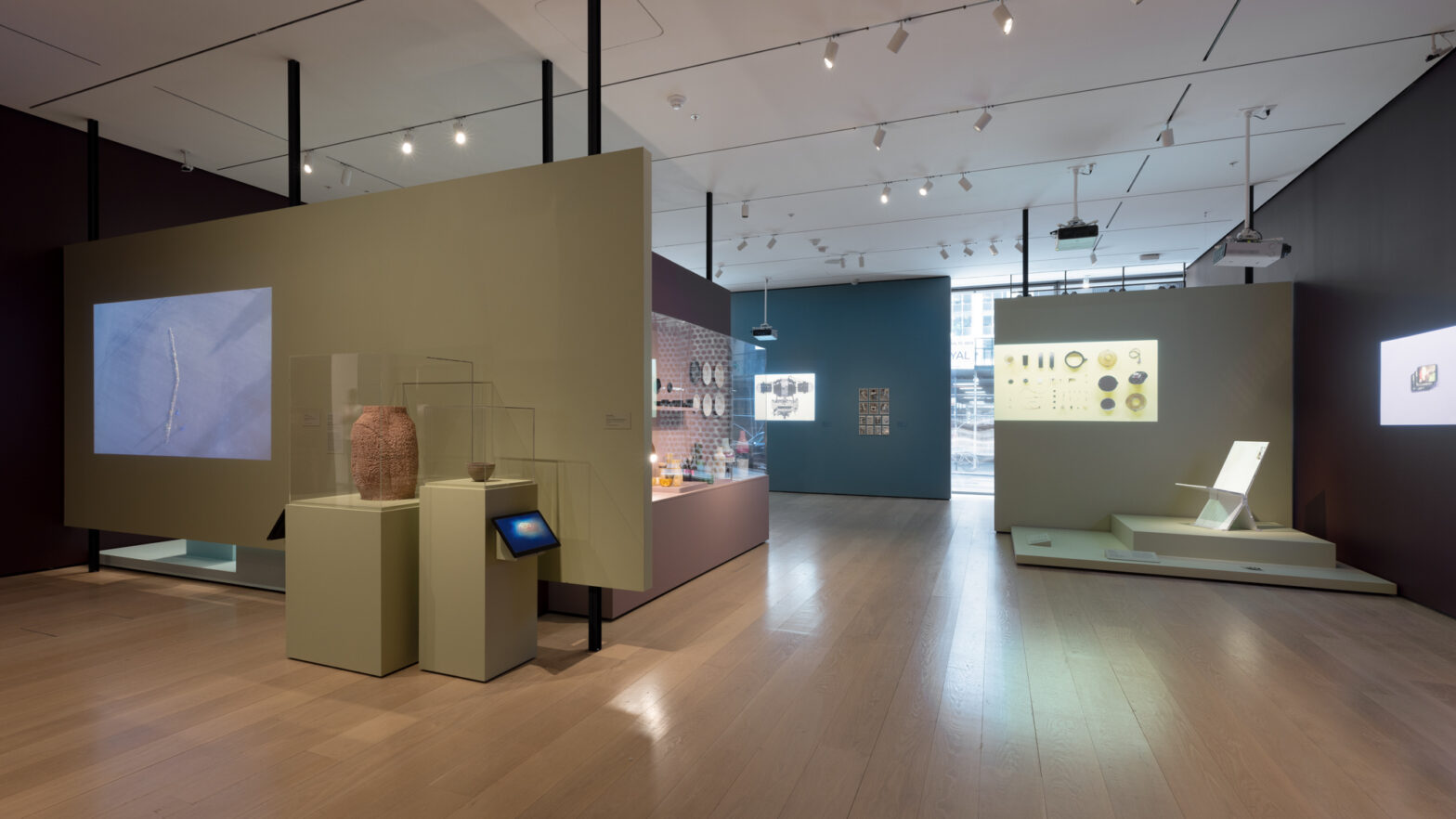
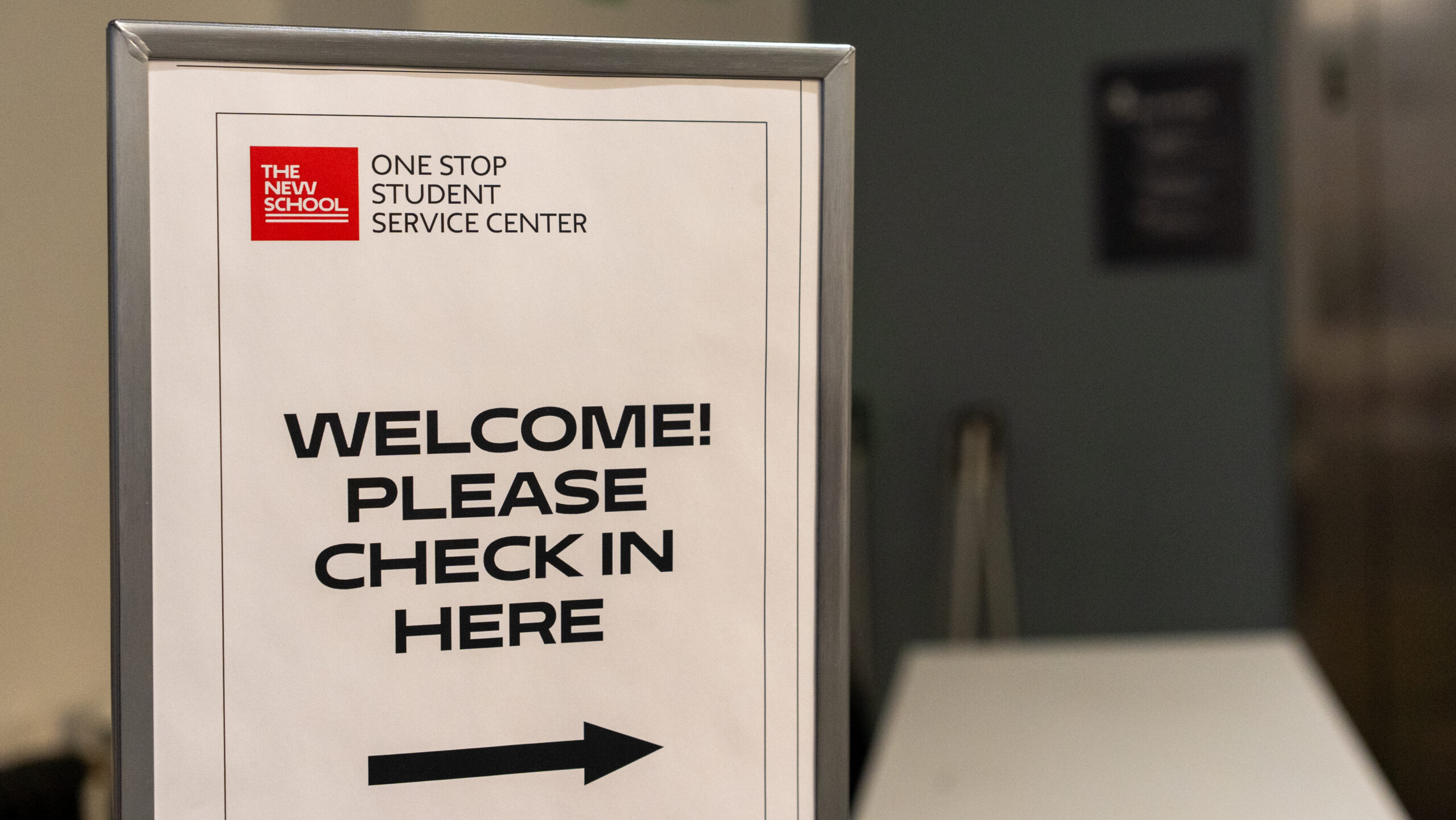
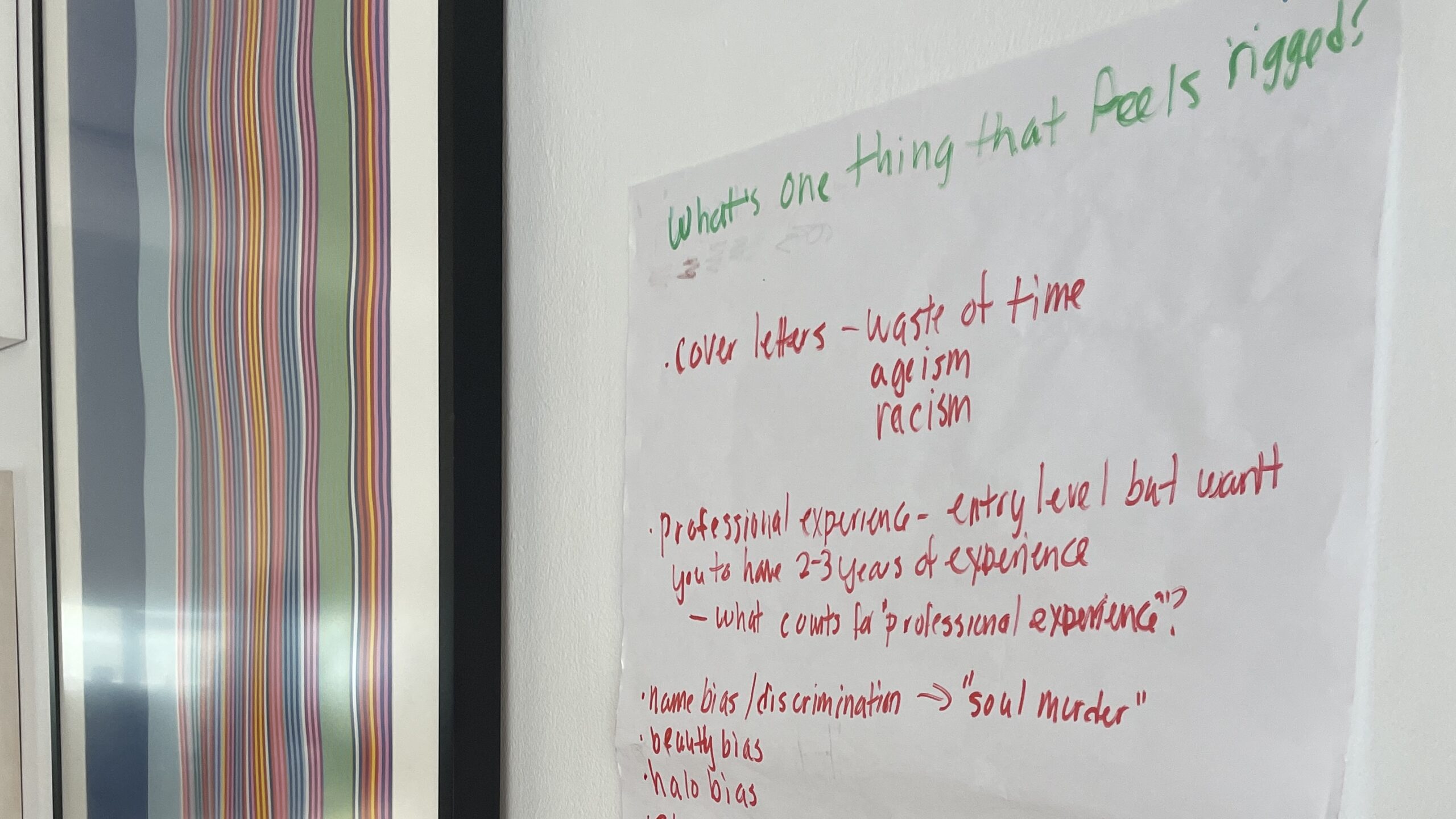
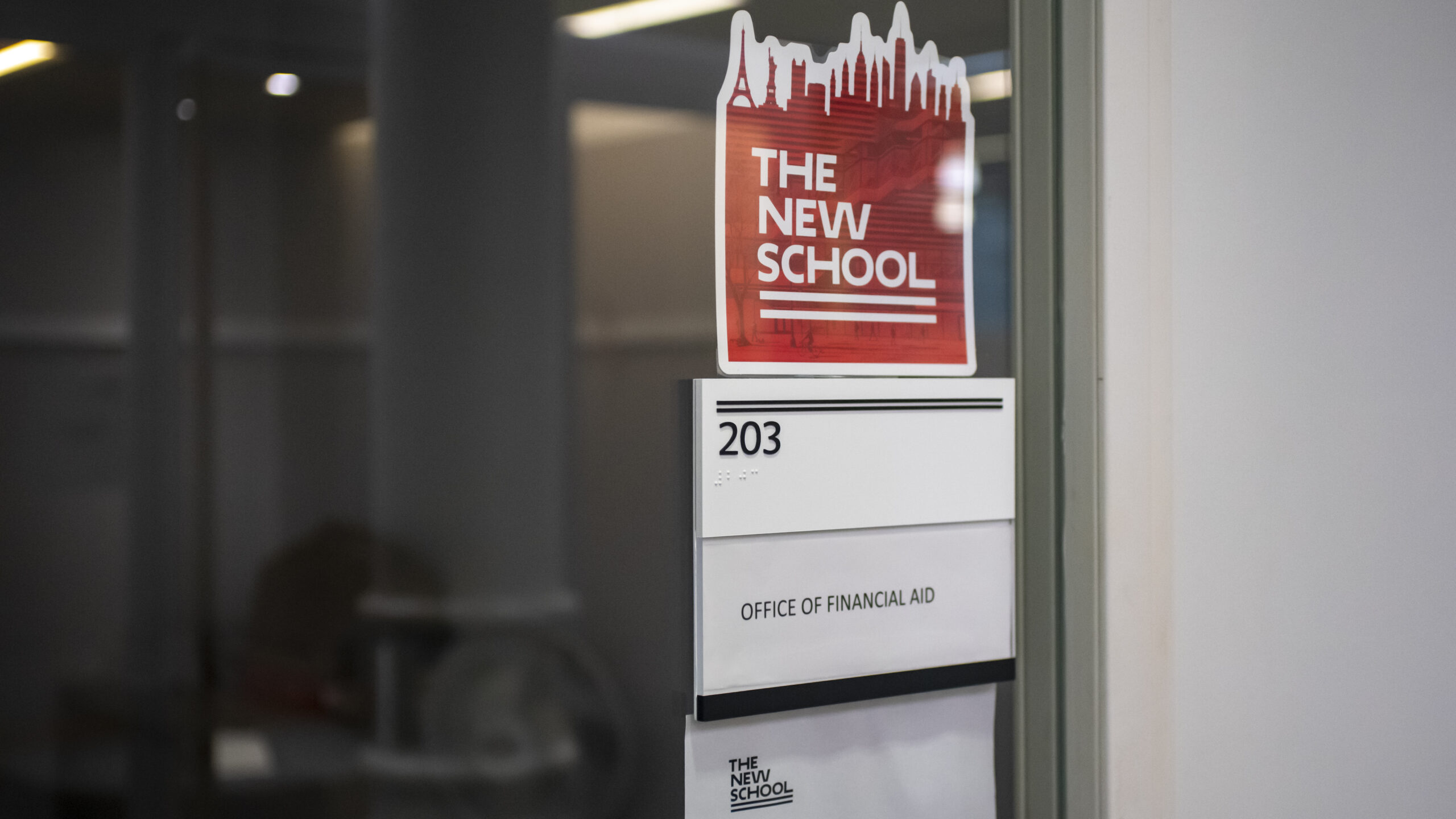
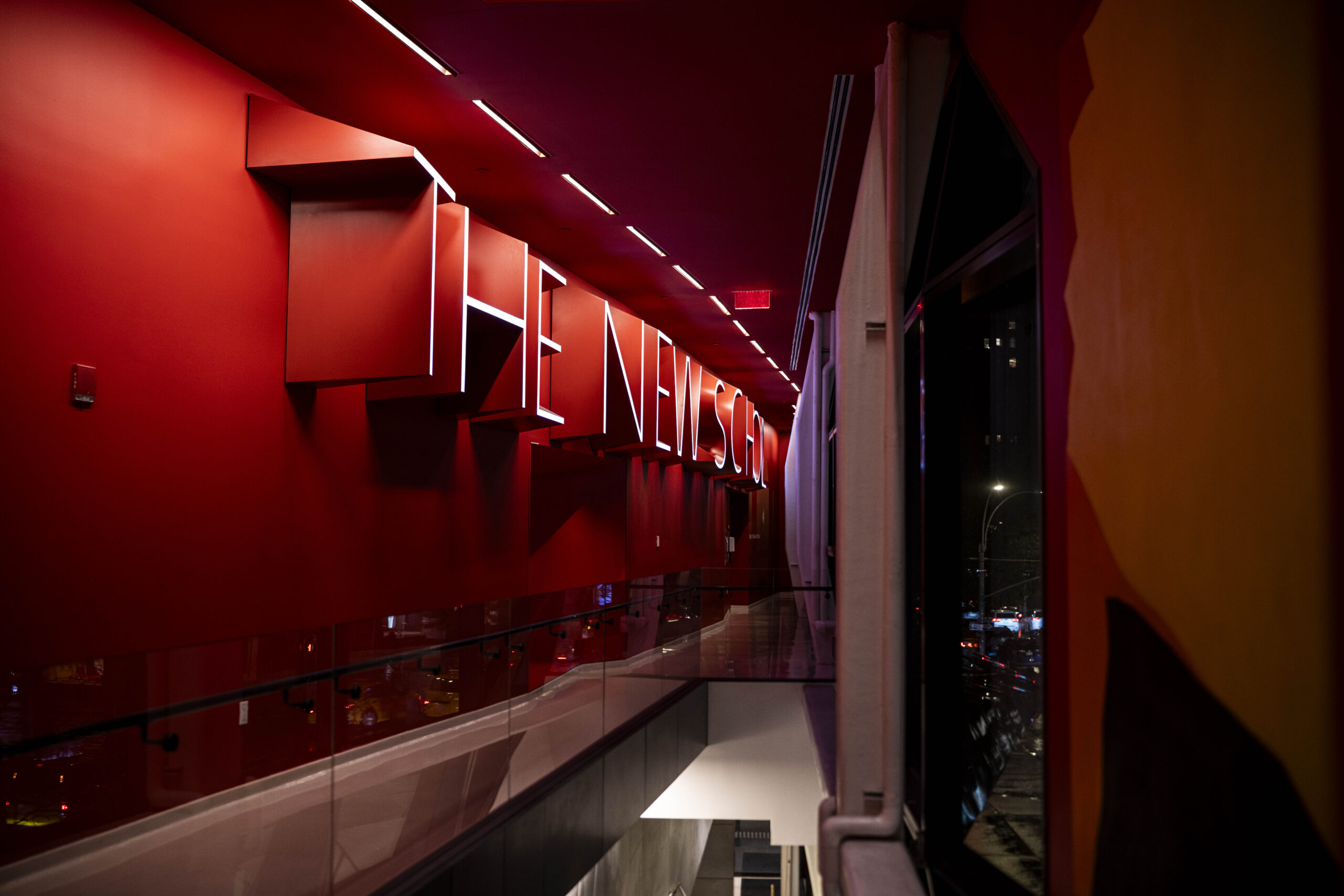
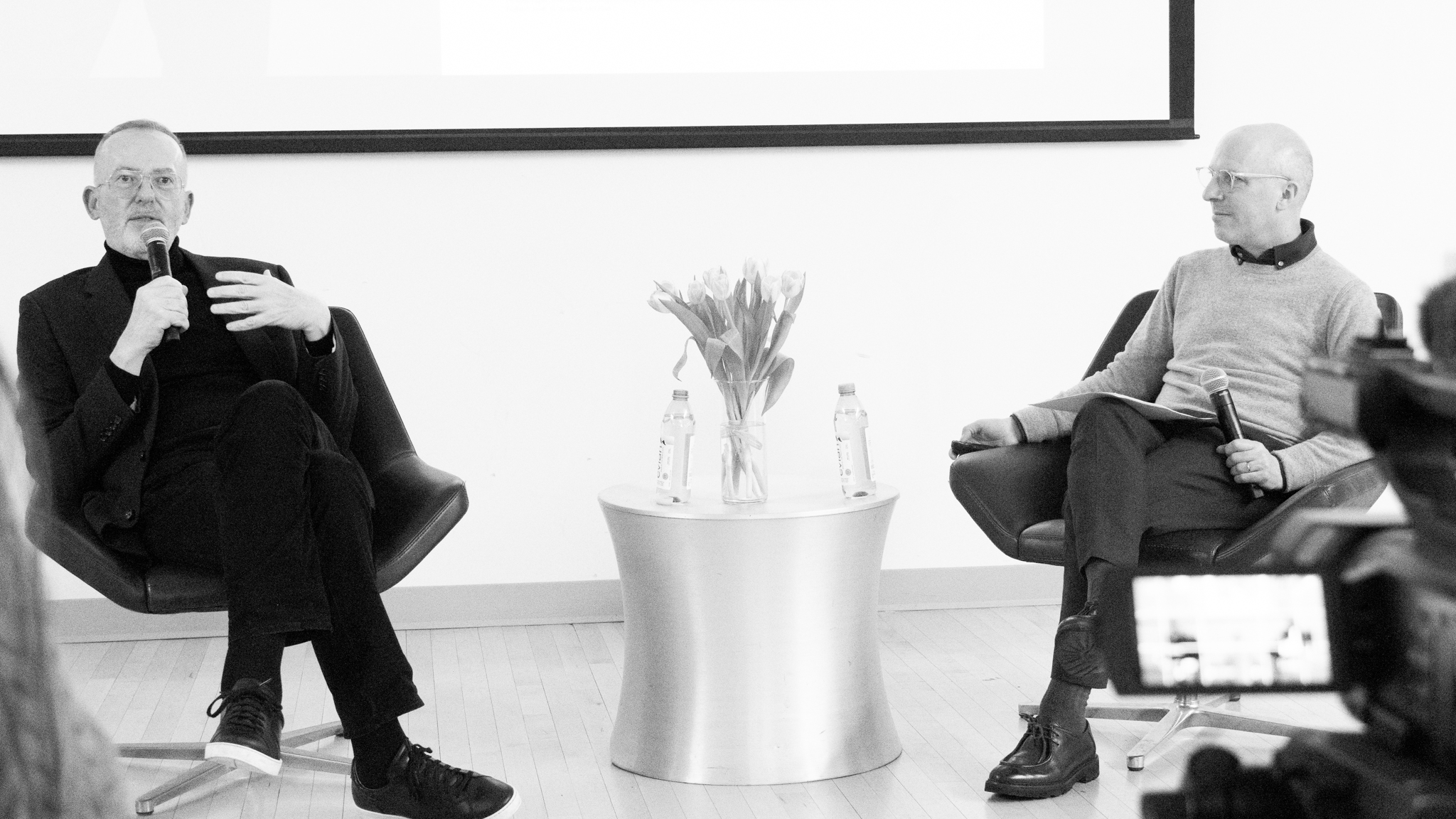
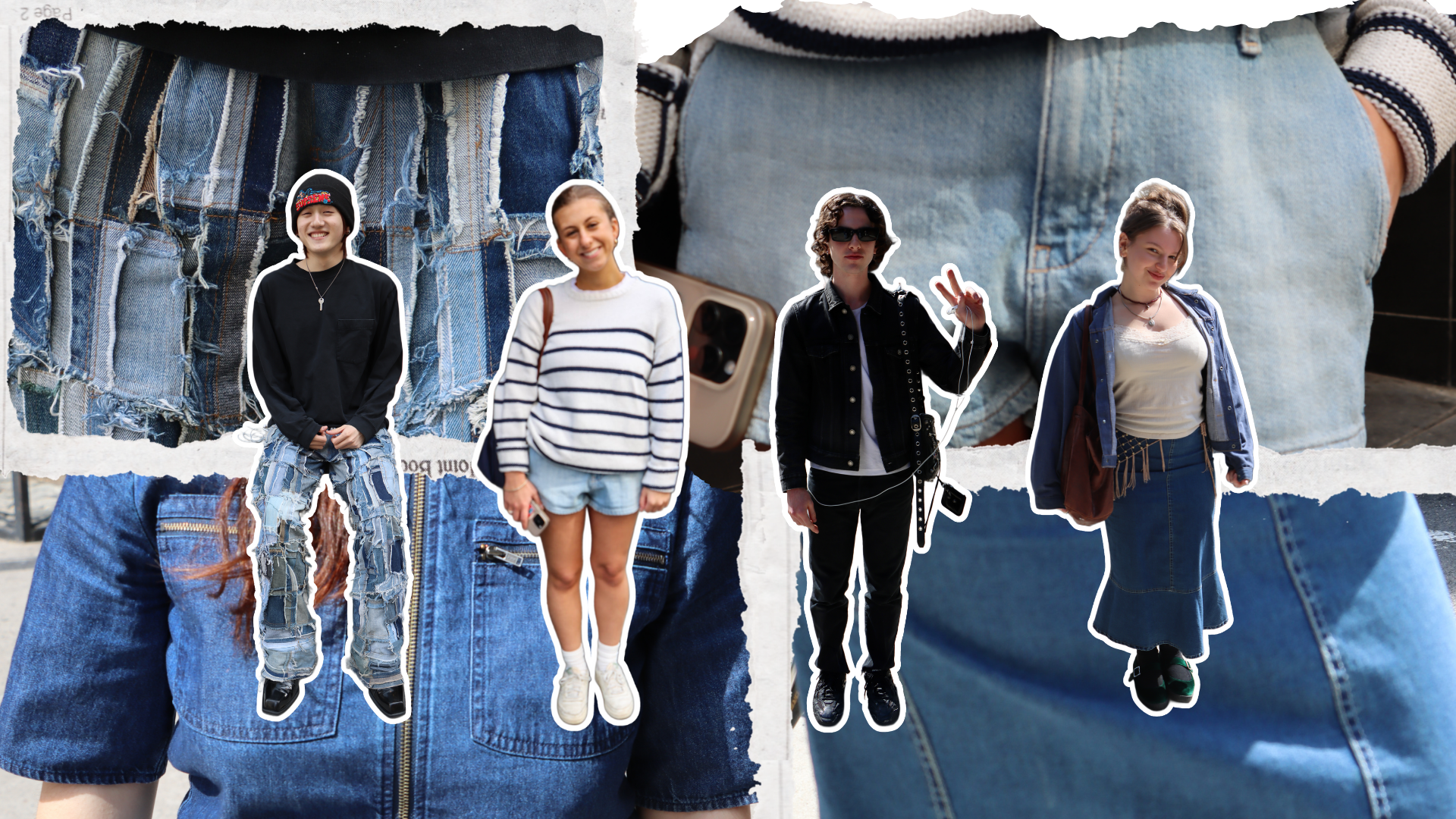
Leave a Reply